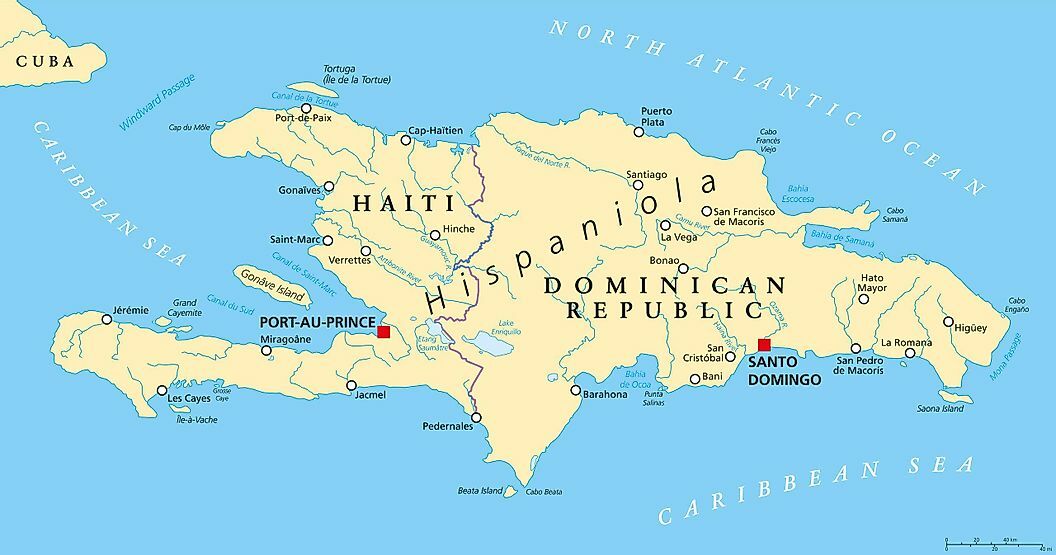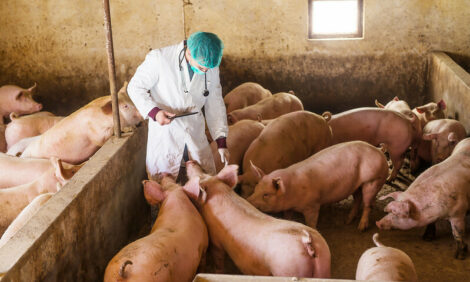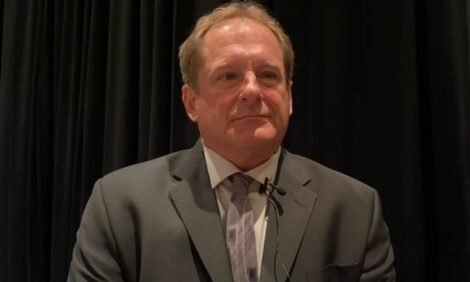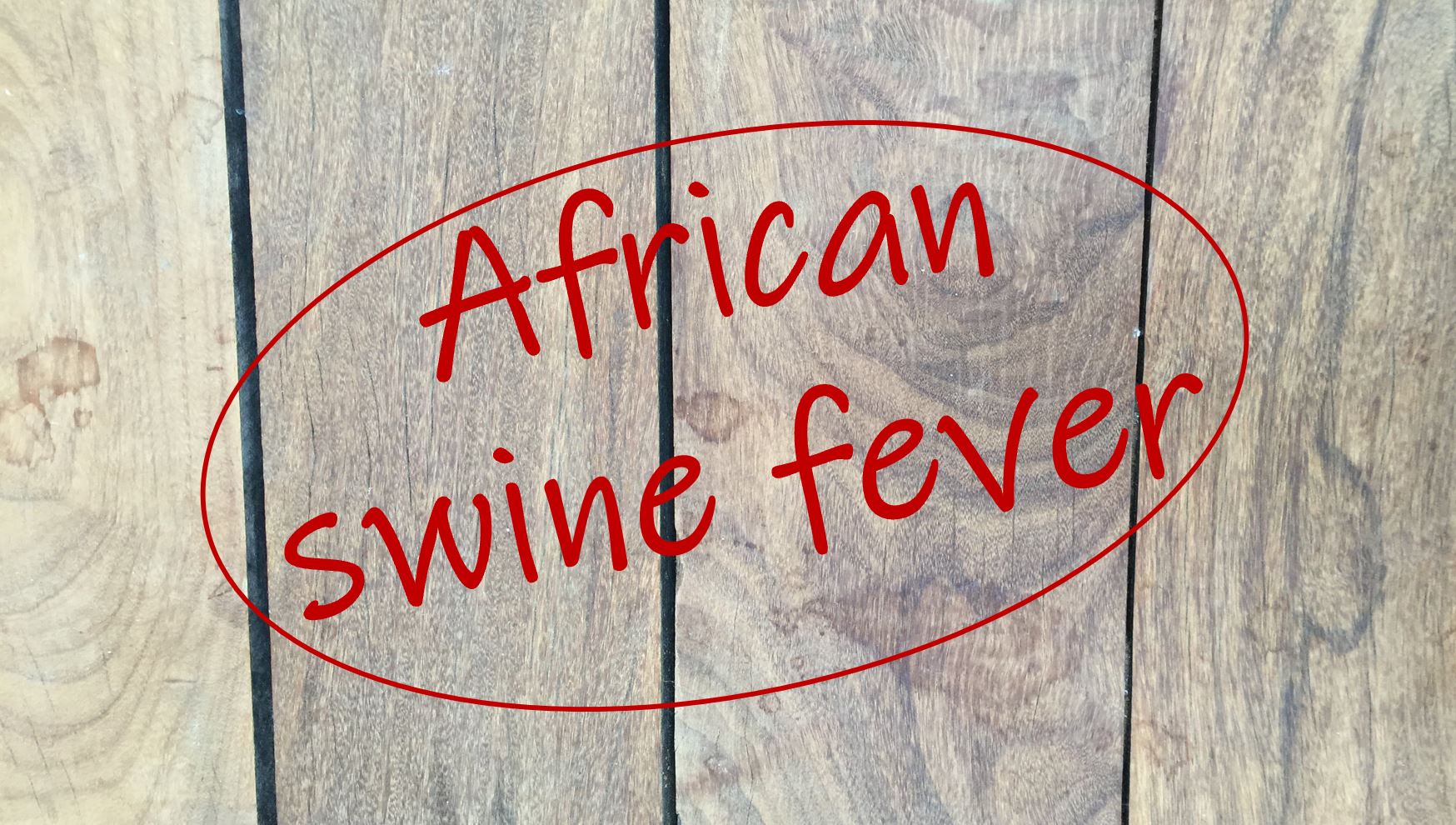



Leman Swine Conf: Update on African swine fever in Haiti and the Dominican Republic
SHIC's Paul Sundberg provides an update on African swine fever in the Dominican Republic and HaitiPart of Series:
Next Article in Series >
“There's testing and response going on right now in the Dominican Republic,” said Dr. Paul Sundberg, executive director of the Swine Health Information Center. “We've got to remember the Dominican Republic is an independent country. So, USDA can't go down there and say, ‘here's what you're going to do.’ It's a collaborative effort. USDA has offered help and has set up a laboratory in the Dominican Republic that's helping with their testing, so they can do quick monitoring and surveillance.”
More than half of the provinces in the Dominican Republic have tested positive and are actively involved in depopulation of ASF-positive sites.
“One of the things that is very important for the US is protection of Puerto Rico and making sure in every way possible that there's biocontainment on the island of Hispaniola,” he said. “It's not just the Dominican Republic, but ASF is also in Haiti. I got word this morning (Tuesday) that Haiti has officially acknowledged ASF infection in the country now. We know it's on the island, and we can expect that it's broadly spread on the island.”

The announcement of ASF in Haiti did not come as a surprise, said Sundberg.
“We already have in place the preventive measures for ASF in the US - the ports of entry are inspected to people coming from ASF-positive ports of entry. The US customs and border protection does interdictions with people who are carrying sandwiches or illegal meat products,” he said. “We've already worked on mitigating the risks, and ASF in the Dominican Republic doesn't really change those risks or change our mitigation efforts. However, what it does do is put more pressure on our borders because there's ASF right next to us now which gives some more urgency.”
USDA is cooperating with the Dominican Republic and offering Haiti some supplies and services as well looking more broadly than the island of Hispaniola to offer the Caribbean the opportunity to work together with the international organizations. It's all about containing the ASF virus on the island and then trying to eliminate it from the island to decrease the US risk, he explained.
“I do know that Haiti has sent to USDA on Plum Island - I don't remember how many hundreds of samples for them to test. There's a cooperative program and Haiti's asked for that assistance. USDA has fully offered diagnostic assistance to the country,” said Sundberg. “It's going to be a long haul because first you've got to identify infections, you've got to depopulate it, you've got to try to clean it up and disinfect, and then you’ve got to try to repopulate with negative pigs and keep them negative. It's really going to be a long haul on the island, but we're doing everything we can along with Canada and other countries that are offering help to the island to help control and help respond to the infection.”
What if there’s an outbreak in Puerto Rico?
If ASF should be found in Puerto Rico, a US territory, the US Chief Veterinary Officer is bound to notify the OIE that there's been an ASF infection in a US territory, according to Sundberg. However, USDA is also putting into place through the OIE an application for a protection zone which is an internationally recognized procedure that a country can use to indicate that a specific area of the country or a territory is at imminent risk of infection and describe steps being put into place.
“Puerto Rico is negative, but there are things we're putting in place proactively, so we could quickly respond and react if needed so that it shouldn't affect our negative status in the US,” he noted. “They're going to submit that to OIE. My understanding is that's not quite done yet, but when that happens, then the expectation is that our international trading partners will recognize it and should it get to Puerto Rico - and again, I want to emphasize Puerto Rico is not positive - but should it get to Puerto Rico there's already the background work in place to be able to quickly respond and make sure that the mainland US status is protected.”
Typically, there's a control zone and there are free zones established. In this case, a protection zone would be established.
“What we're doing is protecting our interests there and we are ready to demonstrate how we have quickly responded and already put into place all of the things to keep us negative,” Sundberg said.










